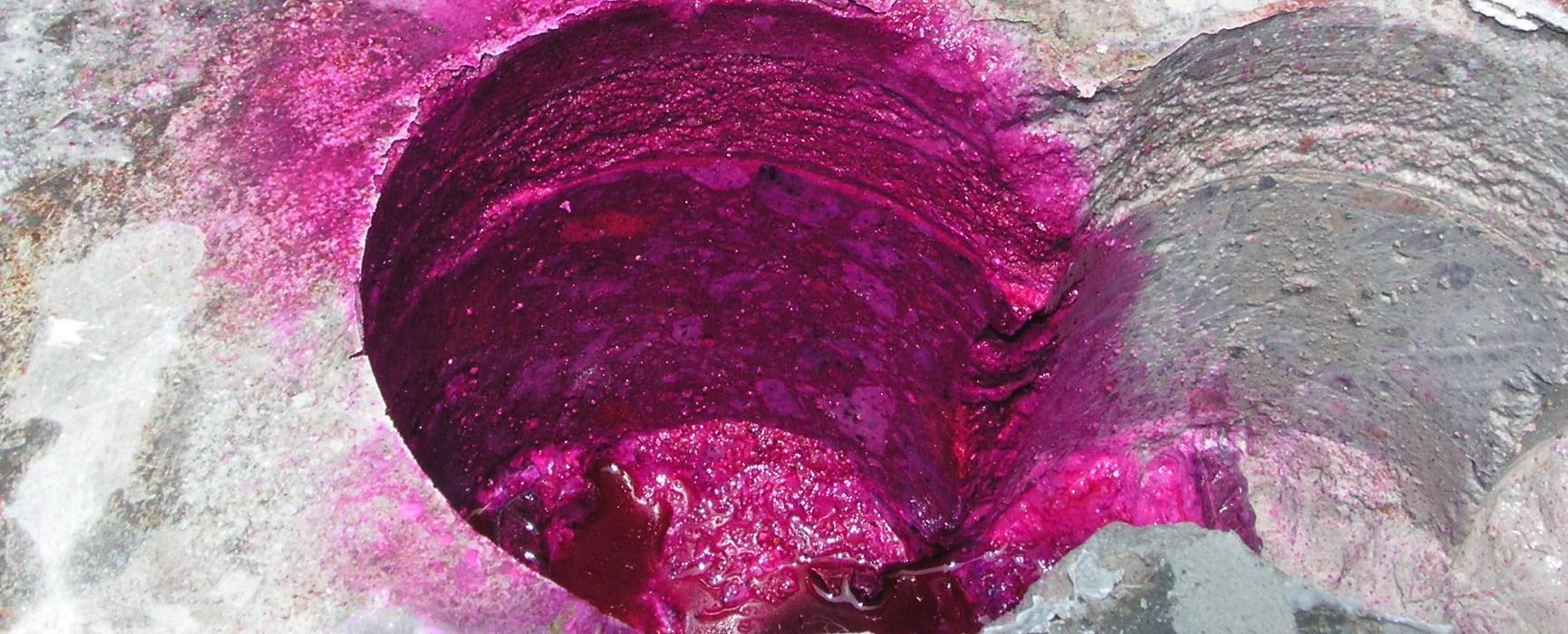The protection of the reinforcing bars is provided by a thin surface layer – a film of hydrated iron oxide, which is created due to the high alkalinity that characterizes the concrete layers surrounding them. This alkalinity is achieved for pH values above 12.5, which corresponds to the equilibrium concentration of calcium hydroxide Ca(OH)2, in water in the capillary system of the pores at normal temperature.
Chloride ions, if the concentration of the latter exceeds 0.2 to 0.6% of the weight of the cement, or disappears completely, due to a decrease in the alkalinity of the concrete around the bar, at pH values below 9.0. Therefore, passivation of the steel is observed.
The decrease in the pH of concrete to values below 9.0 is due to the chemical reaction of Ca(OH)2 in the pore water (and more generally in the tissue of the hardened cement paste) with carbon dioxide (CO2) in the atmosphere, which gradually diffuses into the interior of the concrete through the gas phase of the pores. This process results in the conversion of Ca(OH)2 into calcium carbonate (CaCO3) according to the reaction: Ca(OH)2 + CO2 -> CaCO3 + H2O
The process is called carbonation of concrete. It is worth mentioning that carbonation leads to the hardening of lime to the point where the concrete blocks disintegrate.
